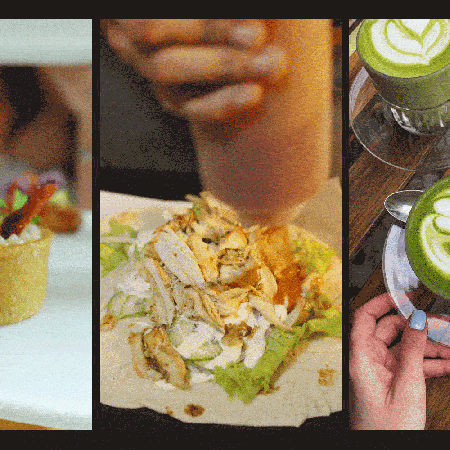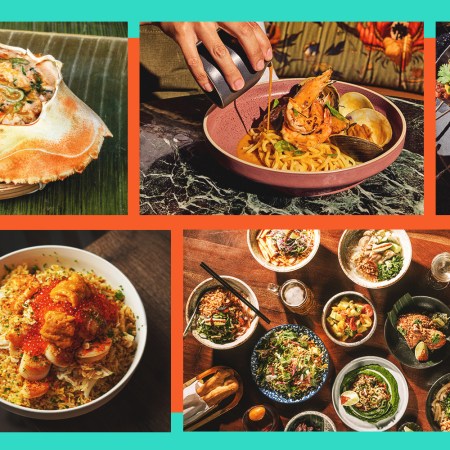Because every man wants to expand his palate, and every man doesn’t have the time to travel to far-flung places, we present Gateway Grub, a look at one cultural cuisine through five iconic dishes.
Pop quiz: Without using the Google machine, can you name a single traditional Filipino dish?
…
Despite quietly trending in the U.S. for years, Filipino fare is still the mysterious white rabbit of Southeast Asian Cuisine. To help you decode things, we’re taking a (shallow) dive into the island nation’s gastronomy with the five Filipino dishes every man should know.
Our guide: Filipino-American chef Jess DeGuzman, a proud first-generation Pinoy and top toque at Sunda, where he’s been championing Asian-Fusion food for the better half of a decade.
There are two main things to keep in mind when acquainting yourself with Filipino cuisine. First: the flavor profile. Says DeGuzman: “It’s savory. The use of vinegar, garlic and ginger is important in a lot of the dishes.”
And second: Portions. “Growing up,” DeGuzman says, “it was always a half-pan of pancit. Or a half-pan of chicken adobo. Always family portions. Never composed.”
The result: a high temperament for comfort and necessity over presentation — to the effect that natives never fail to compare Filipino dishes with the family recipes they were raised on. At Sunda, DeGuzman strikes a happy medium. We know because the man was kind enough to fire up the grill and school us on his elevated take on the Philippines’ most beloved dishes.
This is the Philippines’ national dish. It’s also DeGuzman’s earliest food memory. In essence, adobo is anything stewed or simmered in vinegar, bay leaf, soy sauce, garlic and black peppercorn. In the Philippines, “they’ll adobo anything.” At Sunda DeGuzman braises pork belly in adobo sauce, but plates it all up with a modern approach.
Just like adobo is a catch-all word for anything stewed, pancit is a catch-all word for noodle dishes. “Ours is very standard. We’ve kept it traditional by keeping it a shared dish.” In the wok: canton noodles, green beans, onions, bok choy, scallions and topped with pork belly.
“At family parties,” Deguzman says, “this is the thing I always grab first.” Think of Lumpia as Filipino finger food. One needs to just look to the name for lumpia’s origin story, which borrows from the Chinese spring roll. Basically, these are bite-sized egg rolls, filled with minced shrimp and pork and served up with a sweet sauce.
Another stew, elevated. “Thai cuisine is known for peanut sauce,” DeGuzman says, drawing a comparison,“but this is the only dish I know of in the Philippines that uses peanut sauce.” Ox tail, egg plant and green beans are braised in a peanut sauce, then punched up with bagoong — a pungent fermented shrimp paste — which DeGuzman says he scales back for the American palate.
A nose-to-tail dish where “ears, snout, liver and innards like the heart” are boiled then hard-grilled and finely chopped. DeGuzman makes his with just pork belly and tripe. “We call this palutan — you eat it while you’re drinking.” The dish is served up on a sizzling cast iron pan and topped with citrus and an egg.
Every Thursday, our resident experts see to it that you’re up to date on the latest from the world of drinks. Trend reports, bottle reviews, cocktail recipes and more. Sign up for THE SPILL now.



















